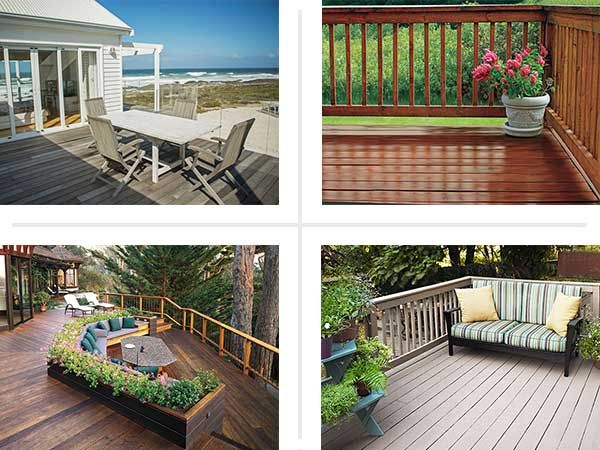
When summer rolls around, you might be itching to get outdoors and enjoy the season, but is your deck ready? A long and cold winter can do a number on wood, railings, and finish, but it’s nothing you can’t take care of in a hardworking weekend. Here’s what you need to know to prepare your deck for the summer so it’s ready for your first cookouts.
Deck Check
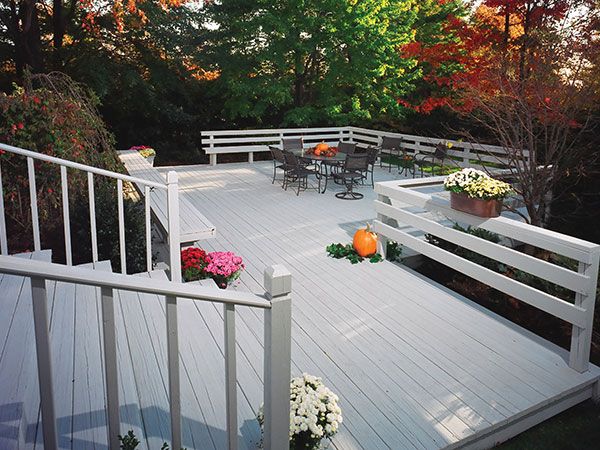
A lot can go wrong with a deck in a few months. You should inspect your deck at least once per year, or maybe a few more times if you live in a particularly wet area. A few key areas to check include the following:
- Support posts and beams for signs of rot or damage
- Deck boards for loose nails, screws, or splintering
- Railings and balusters for stability and proper spacing
- Stairs for loose treads or wobbly handrails
- Base of the deck for signs of insect infestation
Quick Fixes
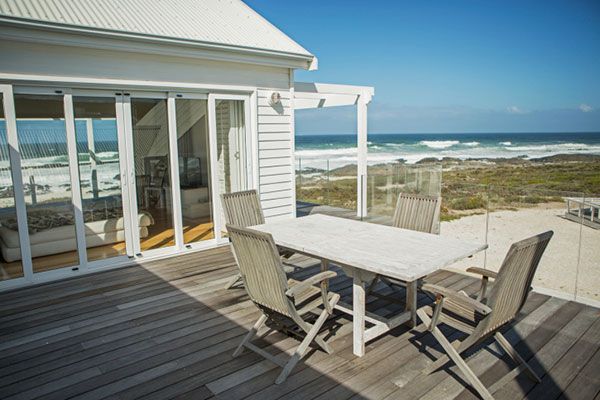
Make fixes to common issues, like repairing gaps between the deck rail and posts or eliminating a sagging deck rail.
Brighten It Up
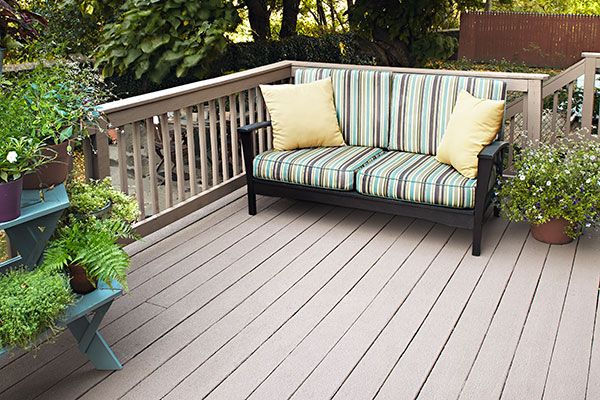
Sometimes, even if your deck’s structurally sound, you might still think it’s a little hard on the eyes. A few aesthetic adjustments can help you get a few more seasons out of your deck. Wood brighteners can restore the materials’ natural color, and sand-infused paint adds color and durability all at once.
Spring Cleaning
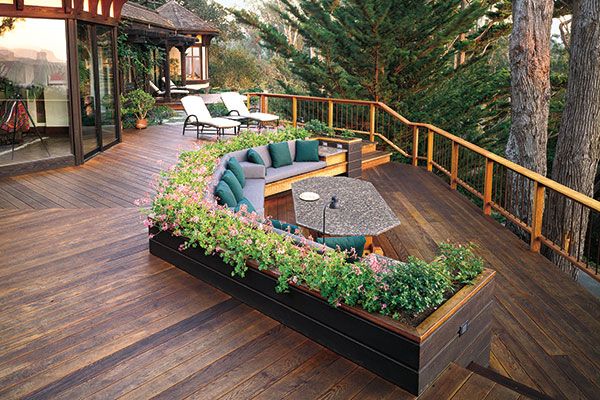
A thorough cleaning is essential to prepare your deck for the season ahead. While it might be tempting to clean your deck on a warm summer day, it’s actually better to tackle the job when it’s cooler to minimize stress on the wood.
Follow these steps for an effective deck cleaning:
- Remove all furniture, planters, and debris from the deck surface.
- Sweep the deck thoroughly to remove loose dirt and leaves.
- Use a pressure washer or a stiff-bristled brush with a deck cleaner solution.
- Rinse the deck thoroughly and allow it to dry completely.
- Inspect for any newly visible damage or wear that may require attention.
- Apply a mildew remover if necessary to tackle stubborn stains.
As you clean, look for areas where water doesn’t bead and absorbs into the wood. Those spots are where the sealant has worn off completely.
The Finish Line
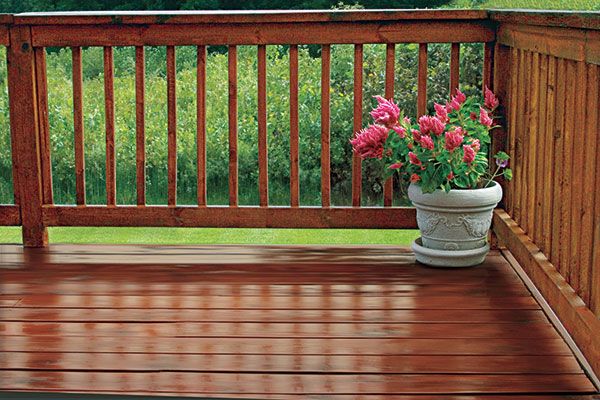
There’s a deck finish for every taste, and all of them will fortify your deck against rot and moisture. The type of finish you should choose depends on your deck’s current condition, the type of wood used, and how much time it’s in the sun.
Clear sealers protect the wood while allowing its natural grain and color to show through. Semi-transparent and solid stains offer a little more color, but they may hide the natural wood grain compared to a clear product.
Finishes also come in oil and water-based versions. Oil-based stains are harder to work with, but they’re also more durable compared to water-based finishes.
Before applying any finish, make sure your deck is completely clean and dry. Then, follow the manufacturer’s instructions carefully.
Fake Out
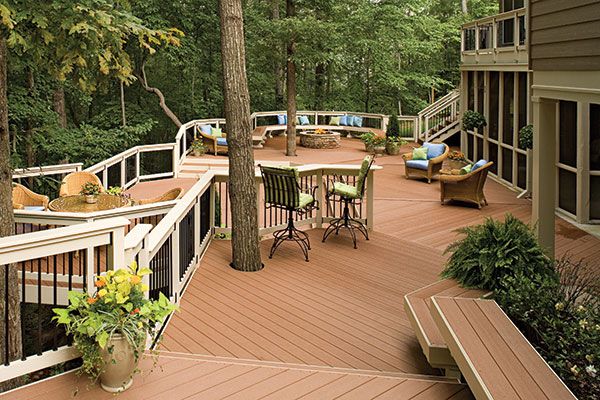
“Synthetic” used to be a dirty word in the decking world, but not anymore. Composite decking is made from a mixture of wood fibers and plastic. It’s low maintenance, has a long life span, and can come pre-stained and finished for better looks and more convenience.
While synthetic decking may be more expensive upfront compared to traditional wood, many homeowners find that the long-term savings in maintenance and replacement costs make it a worthwhile investment.
The Big Chill
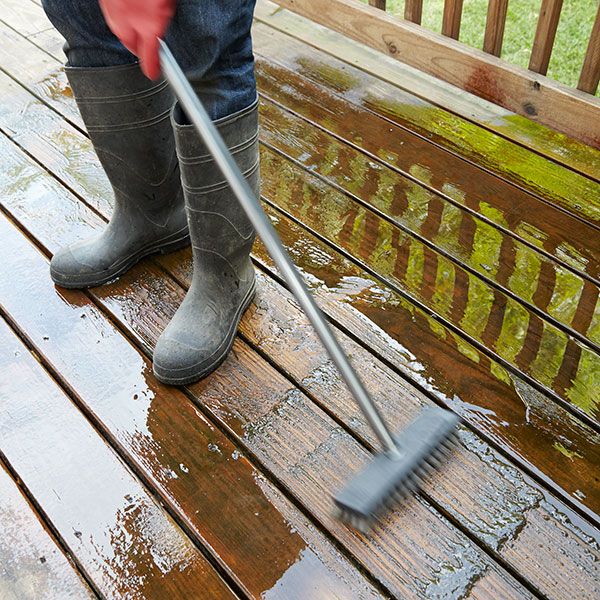
As you prepare your deck for the warm months ahead, it’s also wise to think about protecting it for the next winter season. Clean and seal it before the cold weather sets in, cover your deck furniture to protect it, and remove leaves and debris regularly through the fall to prevent moisture buildup.
